The Art of Hanfu Color Matching: More Rules Than You Think

When the melody of Blue and White Porcelain plays in your mind, have you ever wondered about colors like celadon, sky blue, fish-belly white, and ink black?
How much do you know about these traditional hues? What were the color conventions in ancient Chinese clothing? And which shades were trending in different dynasties? Let Silkdivas take you on a journey to uncover the fascinating world of Hanfu colors!
Ⅰ. The Foundation of Colors — Official Colors
Traditional Chinese colors come from the natural world and the imagination of our ancient civilization. Chinese traditional color theory emphasizes “meaning” and follows the concept of “assigning colors according to their nature” and “expressing meaning through color.” In ancient China, colors were divided into official colors and secondary colors, each carrying distinctions in rank, virtue, and status.
Official colors (正色) refer to the primary colors that complement and promote each other. In ancient times, the primary colors were derived from the Five Elements theory, where Water, Fire, Wood, Metal, and Earth corresponded to Black, Red, Green, White, and Yellow as color symbols, forming the Five-Color System.
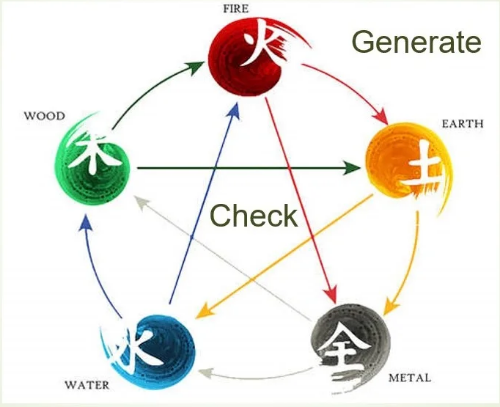
As the saying goes, “China has great rituals, thus it is called Xia; it has beautiful clothing and adornment, thus it is called Hua.” Traditional Chinese attire is a reflection of Chinese civilization. Therefore, traditional clothing colors are primarily based on the official colors, which are Green, Red, Black, White, and Yellow.
With the passage of time, different dynasties favored different colors, and these popular colors reflect, to some extent, the material and spiritual civilization of their respective periods. For instance, the Lüshi Chunqiu (《吕氏春秋》) records: During the Xia Dynasty, black was favored; during the Shang Dynasty, white was preferred; and during the Zhou Dynasty, red was the favored color.
Ⅱ. The Han Dynasty
The Han Dynasty was influenced by Taoist teachings of Huang Lao and Confucianism, and its clothing often pursued a harmonious “essential beauty.” This “essential beauty” refers to the use of natural colors. Additionally, influenced by the Qin Dynasty’s preference for black, Han Dynasty clothing was mainly monochromatic, with a strong emphasis on black. The Han people considered darker colors to be more noble, while lighter colors were regarded as more vulgar.
As a result, the popular colors during this period were dark-toned official colors such as dark black, red, cyan, and white. Among these, dark black was regarded as the “mother of all colors” and considered the most prestigious.

The imperial court strictly followed the five official colors system, using Cyan, Red, Yellow, White, and Black as the primary colors. The Book of the Later Han records: “…the court attire follows the five seasonal colors with a black collar and a leader’s central robe.” Depending on the season, different court robes were worn: Cyan for spring, Red (or Vermilion) for summer, Yellow for late summer, White for autumn, and Black for winter.
Additionally, during this period, the common people primarily wore clothing in gray tones, with shades of brown, gray-blue, and gray being predominant.


Ⅲ. The Tang Dynasty
Du Fu’s poem “The Beauty” (杜甫《丽人行》) says, “Embroidered robes reflect the late spring, with golden peacocks and silver kylins.”The Tang Dynasty was a period of cultural flourishing, and the clothing of this time reflected this prosperity. The colors of silk textiles unearthed from the Turpan region alone number over twenty.The unprecedented advancements in the economy, politics, technology, and military contributed to the evolution of clothing, and the open-mindedness of the era also led to more innovative and diverse styles.

Tang Dynasty clothing was luxurious and elegant, with bright and vivid colors, intricate patterns, and an overall style that showcased the era’s inclusive and open nature.The most popular colors in the Tang Dynasty clothing were Crimson, Bright Yellow, Deep Purple, and Cyan Green. The Old Book of Tang records: “…fastened pants coat and robes, in red, purple, cyan, and yellow, each according to personal preference.”

Crimson was the most fashionable color during the Tang Dynasty and was often paired with the contrasting color of green.



Deep Purple was a color reserved for the nobility. It was bright, eye-catching, and pleasing to the eye, while also noble and elegant, making it beloved by Tang noblewomen and frequently used in clothing combinations.

Ⅳ. The Song Dynasty
The Song Dynasty, another highly prosperous period in ancient China, saw a significant shift in the colors that were popular compared to the Tang Dynasty. Influenced by the political ideology of “preserving heavenly principles, extinguishing human desires.” the Song Dynasty suppressed individuality, emphasizing restraint and subtlety in outward appearances.

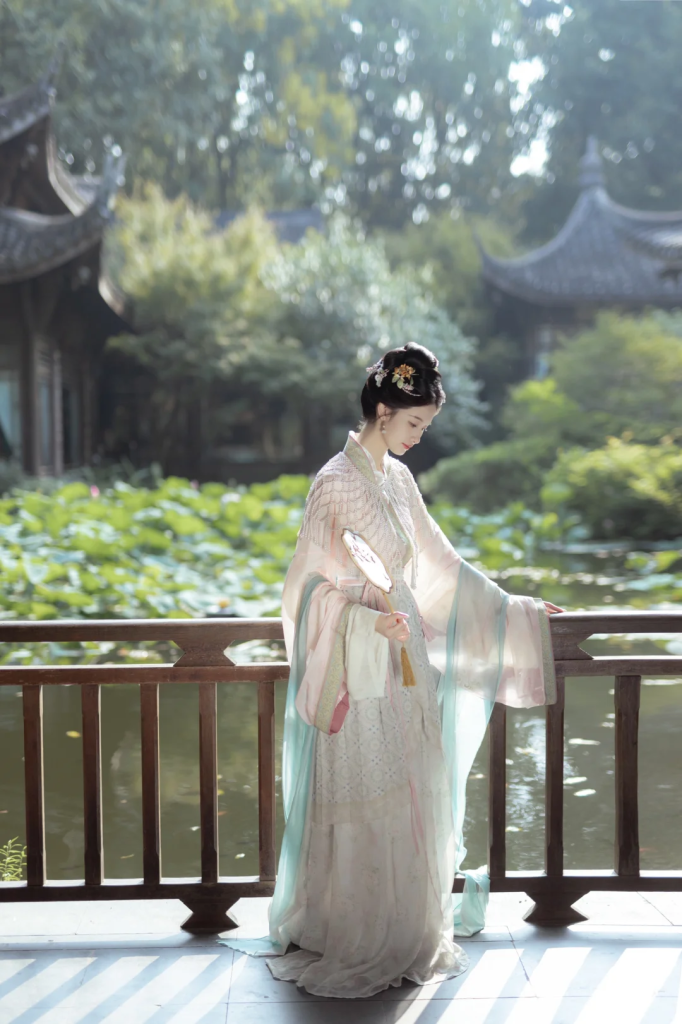
As a result, there were extreme constraints on clothing colors, with Song Dynasty attire being reserved and conservative. The colors were soft, elegant, and serene, even when bright colors like red were used, it was typically in a pale shade. The characteristic of Song Dynasty clothing colors was simplicity and elegance, with high brightness but low saturation, and an emphasis on harmonious color coordination.
Therefore, the popular Song Dynasty clothing colors included Pale Red, Pearl White, Light Blue, and Light Yellow. At the same time, the rank system for official attire in the Song Dynasty became even more pronounced. The regulations for official clothing were strict.

Officials of the ninth rank and above wore blue; those of the seventh rank and above wore green; those of the fifth rank and above wore red; and those of the third rank and above wore purple (this system evolved over time). Higher-ranking officials also wore fish bags adorned with gold and silver decorations, to further signify their status.

Ⅴ. The Ming Dynasty
The Ming Dynasty emphasized the Confucian moral values of “ritual, music, benevolence, and righteousness, (礼乐仁义)” linking the five official colors with the concepts of “benevolence, virtue, and goodness, (仁、德、善)” symbolizing respect, rank, and hierarchy.
The Ming Dynasty clothing were vivid and intense, with bright red, sapphire blue, grape purple, and grass green being particularly popular.
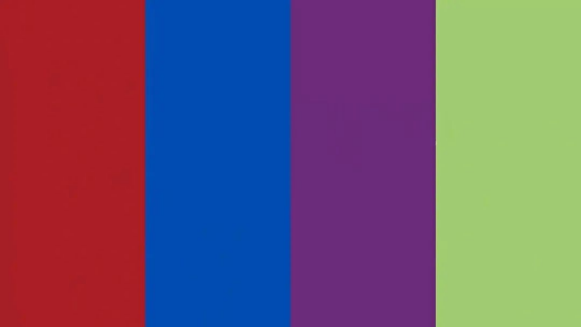
Through the evolution of past dynasties, the Ming Dynasty fashion sought to combine the strengths of previous eras, emphasizing Confucian principles while inheriting the styles of the Zhou and Han dynasties and drawing influence from the Tang and Song dynasties. This resulted in clothing that prominently showcased Chinese cultural characteristics and became a model of traditional attire.
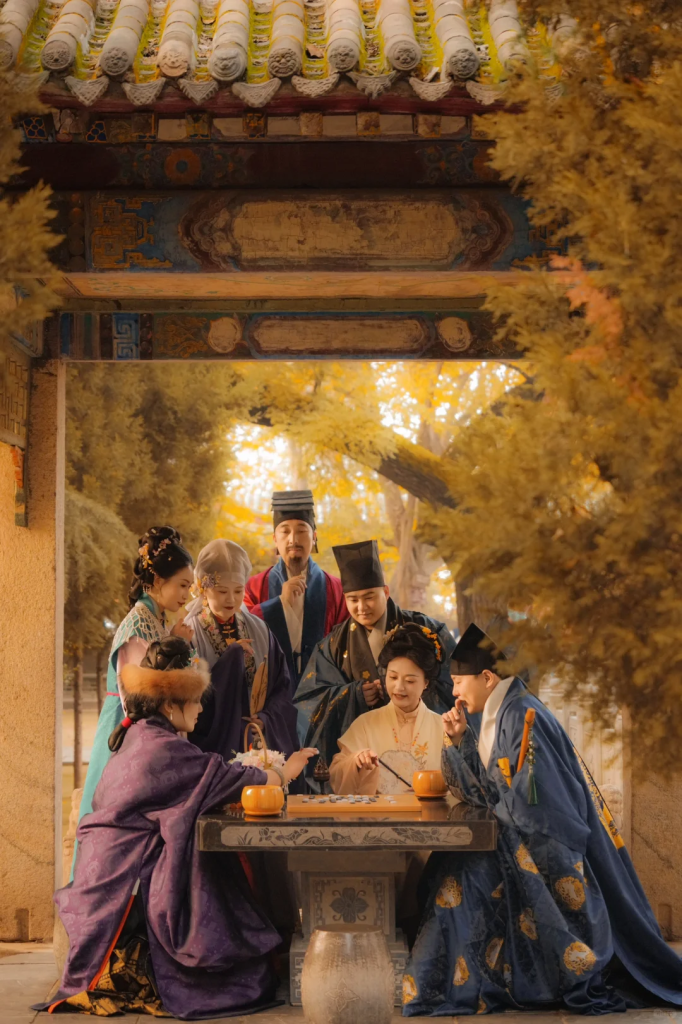
The overall characteristics of Ming Dynasty clothing were an emphasis on color coordination, with a style that was luxurious and dignified, and a strong sense of color layering.

Summary
Over the course of a thousand years, the colors of Hanfu have evolved, reflecting the unique characteristics of each era and showcasing the charm of Chinese culture.
Today, although modern Hanfu color schemes are no longer bound by the hierarchical influences of ancient China or limited by technology, they still follow the principle of color coordination, maintaining the elegance, dignity, harmony, and flowing beauty of traditional Hanfu. At the same time, modern Hanfu integrates contemporary aesthetics and artistic sensibilities, making it easier for people to embrace the style and achieving the effect of “old clothes, new wear.”
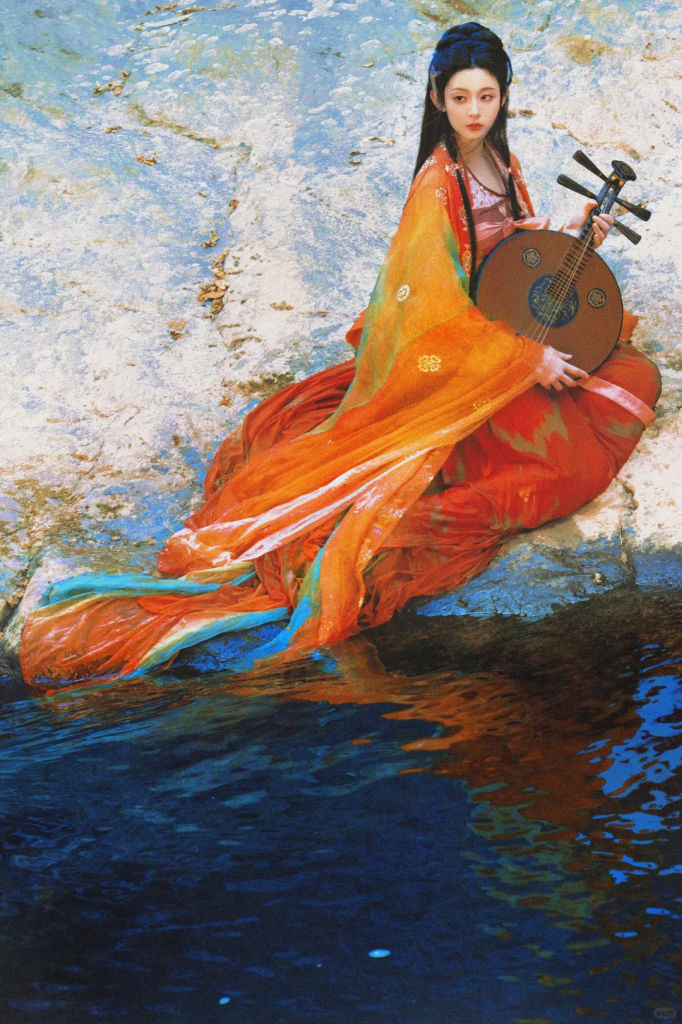
In everyday life, we often encounter Hanfu with fresh, soft, and elegant colors that reflect the characteristics of the times. We also see bold color contrasts, rich tones, and cutting-edge combinations that align with modern fashion trends and the preferences of contemporary wearers. While modern Hanfu continues to inherit the traditional official colors, it is constantly evolving by incorporating the aesthetic systems, craftsmanship, and fashion trends of modern society. This allows for both innovation in tradition and the preservation of heritage through innovation.
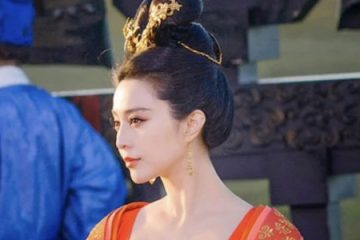
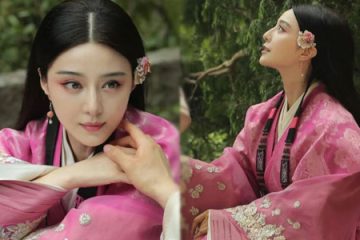
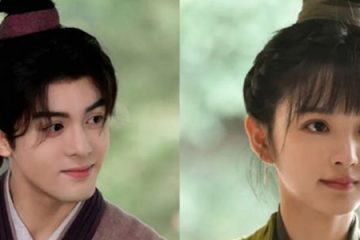
0 Comments